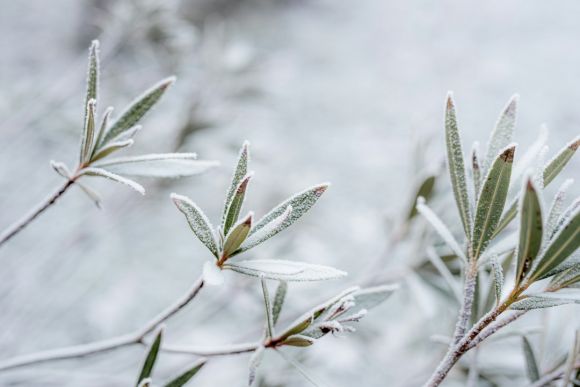As the winter season approaches, it is important to prepare your flower beds to ensure that your plants survive the cold temperatures and harsh conditions. By taking the necessary steps to protect your flower beds, you can ensure that your garden will thrive come springtime. In this article, we will discuss some essential tips on how to prepare your flower beds for winter.
Clear Out Debris
Before winter sets in, it is crucial to clear out any debris from your flower beds. This includes removing fallen leaves, dead plants, and any other organic matter that may have accumulated. Clearing away debris will help prevent the growth of mold and pests, which can be detrimental to your plants.
Trim and Prune
As part of your winter preparation, it is recommended to trim and prune your plants. This will help remove any dead or diseased branches, promoting better airflow and reducing the risk of fungal diseases. Additionally, pruning will encourage new growth in the spring.
Mulch, Mulch, Mulch
Applying a layer of mulch to your flower beds is an excellent way to protect your plants during the winter. Mulch acts as an insulating layer, preventing the soil from freezing and providing a buffer against extreme temperature fluctuations. It also helps to retain moisture and suppresses weed growth. When applying mulch, make sure to leave some space around the base of each plant to prevent rot.
Protect Delicate Plants
If you have delicate or frost-sensitive plants in your flower beds, it is crucial to provide extra protection for them. One effective method is to use burlap or frost blankets to cover the plants during cold spells. This will help shield them from freezing temperatures and harsh winds. Alternatively, you can also consider transplanting these plants to pots and bringing them indoors for the winter.
Watering and Drainage
Proper watering and drainage are essential for the health of your flower beds. Before winter, make sure to water your plants thoroughly to help them withstand the dry conditions of winter. However, be cautious not to overwater, as excess moisture can lead to root rot. Additionally, ensure that your flower beds have adequate drainage to prevent waterlogged soil, which can also be detrimental to plant health.
Consider Winter Blooming Plants
Adding winter-blooming plants to your flower beds can bring color and vibrancy to your garden during the colder months. Some popular choices include winter jasmine, hellebores, and witch hazel. These plants are hardy and can withstand the harsh conditions of winter, providing a beautiful display when other plants are dormant.
Monitor for Pests and Diseases
Even in winter, pests and diseases can still pose a threat to your flower beds. Regularly inspect your plants for signs of infestation or disease, such as yellowing leaves, wilting, or unusual spots. If you notice any issues, take appropriate action, such as applying organic pest control methods or removing infected plants to prevent the spread.
A Flourishing Spring Awaits
By following these tips and taking the necessary steps to prepare your flower beds for winter, you can ensure that your garden will flourish come springtime. Clearing out debris, trimming and pruning, applying mulch, and protecting delicate plants are all crucial tasks. Additionally, proper watering and drainage, considering winter-blooming plants, and monitoring for pests and diseases will help maintain the health and beauty of your flower beds throughout the winter months. So, get started on your winter preparations and enjoy a vibrant and thriving garden when spring arrives.





